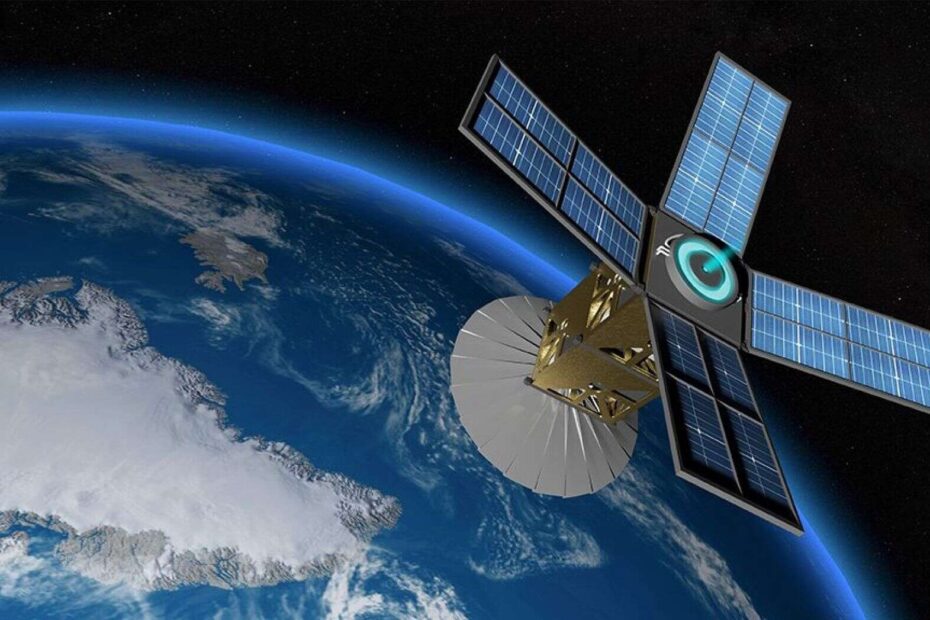On April 7, SpaceX successfully launched the Intelsat 40e telecommunications satellite, owned by the American company Intelsat. This spacecraft is designed to help the operator meet the growing demand for aircraft communications services, and also contains NASA’s first operational module.
What is known about Intelsat 40e
Intelsat 40e (IS-40e) will provide focused North American coverage for commercial aviation, mobile and networking customers. It will also monitor and track air pollution levels across North America using NASA’s TEMPO module.
The signal of the satellite, located in the orbital position 91 degrees west longitude, will cover the territory of the United States, Canada, Alaska, Central America and parts of the North Atlantic. This satellite position will allow service to be provided to all commercial airlines operating domestic flights to the United States, in addition to regional aircraft and government flights.
The IS-40e satellite has 20 to 30 times the bandwidth of the classic Galaxy-17 satellite currently in this orbital position. Froeliger estimates that more than 50% of the satellite’s capacity will be used to serve the aviation market.
Intelsat 40e (IS-40e) is a high-capacity geostationary communications satellite built by Maxar Technologies and operated by Intelsat. The satellite has a design life of 15 years, made possible by two large solar panels and batteries. The spacecraft is equipped with four SPT-100 plasma thrusters, allowing the spacecraft to rise to a planned orbit from a geostationary transfer orbit.
The Intelsat 40e satellite is built on the SSL-1300 Space System Loral bus. This bus, which has been used to build a huge number of other satellites, including most Intelsat satellites, has proven its reliability and provides the new satellite with 45 C-band transponders and 20 Ku-band transponders. C-band transponders will be used to create backbone mobile communication channels, which will expand mobile network coverage in remote and rural areas. At the same time, Ku-band transponders provide the possibility of providing high-speed connection services.
What is known about the TEMPO module
The satellite also contains the Tropospheric Emissions: Monitoring Pollution or TEMPO module from NASA. The TEMPO module will monitor and track air pollution across North America, providing unprecedented visibility into the monitoring of key air pollutants. It can monitor to within 10 square kilometers – by comparison, modules currently in use in the US are limited to around 260 square kilometers. Intelsat will serve the TEMPO module, and this is the first module in the history of Intelsat placed on a satellite for NASA.
Launch details
The upper stage of the first stage of the Falcon 9 rocket, which provided this mission, was previously used for launches of CRS-26, OneWeb Launch 16 and one Starlink mission .
After its separation, the first stage of the Falcon 9 rocket successfully landed on the self-propelled barge A Shortfall of Gravitas drifting in the Atlantic Ocean.
Source: https://mediasat.info/
